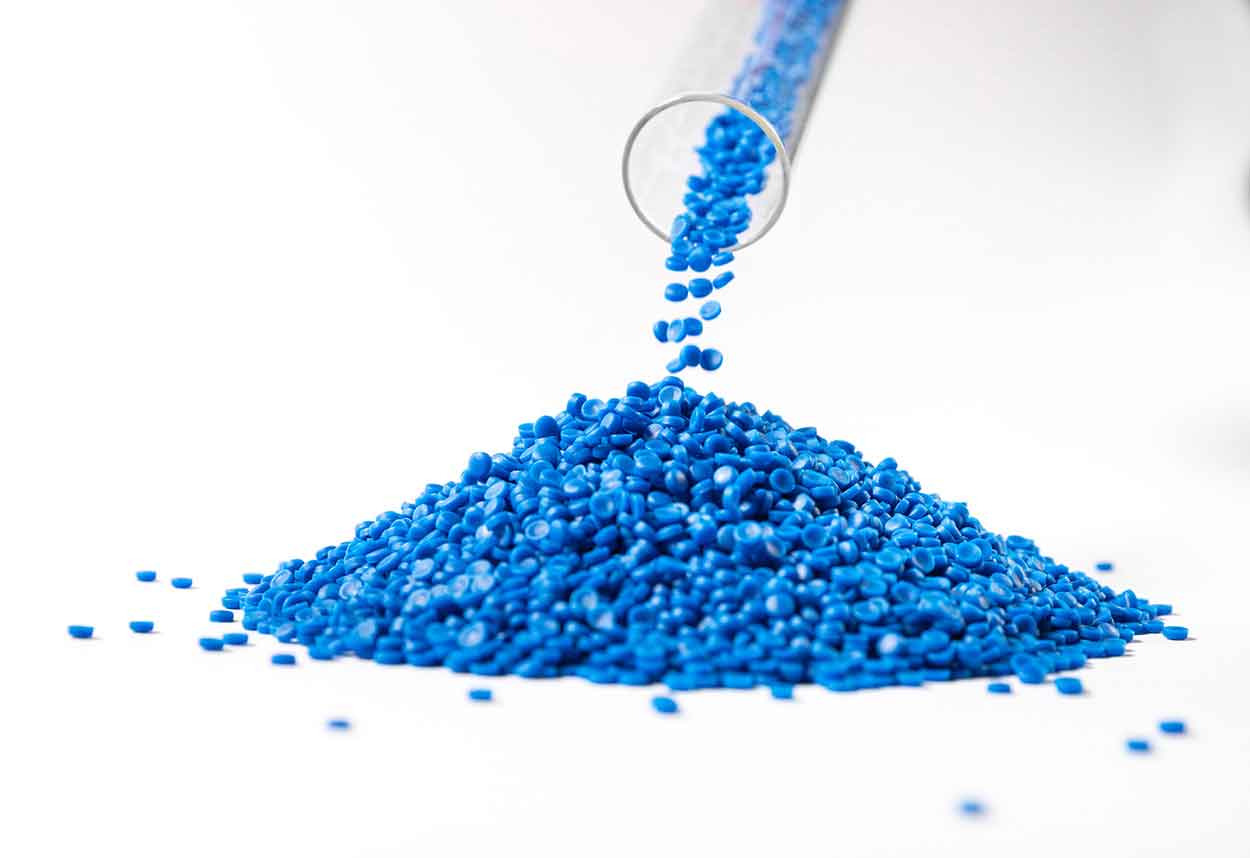In the dynamic world of appliance manufacturing, thermoplastic materials have emerged as a game-changer. They’ve revolutionized the way we approach appliance molding, offering a host of benefits that make them an attractive choice for industry leaders. But as with any significant shift, the transition to thermoplastic materials for appliance molding comes with its own set of challenges. Let’s delve into these hurdles and explore how to overcome them.
The Hurdles in Harnessing Thermoplastic Materials for Appliance Molding
When it comes to using thermoplastic materials in appliance molding, several challenges can arise. These can range from maintaining high-quality appliance injection mold design to integrating injection molding for appliance assembly, and even selecting the right injection molding machine for appliances.
The Challenge of Quality
One of the most significant challenges lies in maintaining a high-quality appliance injection mold design. Thermoplastic materials, while versatile and durable, require precise molding techniques to ensure the final product meets the desired quality standards. Any minor deviation in the mold design can lead to significant quality issues in the final product, impacting its performance and longevity.
The Integration Challenge
Another challenge is integrating injection molding into the appliance assembly process. This integration is crucial for ensuring a smooth production process and minimizing downtime. However, integrating thermoplastic materials into existing assembly lines can be complex, requiring significant adjustments to accommodate the unique properties of these materials.
The Machine Selection Challenge
Finally, selecting the right injection molding machine for appliances can be a daunting task. Different thermoplastic materials may require different types of machines, each with its own set of specifications and operating conditions. Choosing the wrong machine can lead to inefficiencies in the production process and even damage the thermoplastic materials.
Navigating the Challenges: Strategies for Success
While these challenges may seem daunting, they are not insurmountable. With the right strategies and approaches, industry leaders can effectively navigate these hurdles and harness the full potential of thermoplastic materials for appliance molding.
Quality Control
Quality control plays a crucial role in overcoming the challenge of maintaining high-quality appliance injection mold design. By implementing rigorous quality control measures, manufacturers can ensure that their mold designs meet the required standards and that any deviations are promptly addressed. This approach not only ensures the quality of the final product but also minimizes waste and improves efficiency.
Effective Integration
When it comes to integrating injection molding into the appliance assembly process, a strategic approach is essential. This involves carefully planning the integration process, taking into account the unique properties of thermoplastic materials, and making necessary adjustments to the assembly line. By doing so, manufacturers can ensure a smooth integration process and minimize potential disruptions.
Choosing the Right Machine
Selecting the right injection molding machine for appliances requires a precise understanding of the properties of thermoplastic materials and the specifications of different machines. By carefully evaluating these factors, manufacturers can choose the machine that best suits their needs, ensuring efficient and effective production.
Outsourcing: A Viable Solution
Outsourcing can also play a crucial role in overcoming these challenges. By partnering with a reliable service provider, manufacturers can leverage their expertise and resources to navigate the challenges associated with using thermoplastic materials for appliance molding. This approach not only helps overcome the challenges but also allows manufacturers to focus on their core competencies.
Cost-Effective and Custom Solutions
Finally, adopting cost-effective appliance injection molding solutions and custom appliance plastic molding solutions can significantly help in overcoming these challenges. These solutions, tailored to the specific needs of the manufacturer, can provide the flexibility and efficiency needed to effectively use thermoplastic materials in appliance molding.
As we wrap up, it’s clear that while challenges exist in using thermoplastic materials for appliance molding, they can be effectively navigated with the right strategies and approaches. By understanding these challenges and implementing effective solutions, industry leaders can harness the full potential of thermoplastic materials and drive innovation in the appliance industry.
So, are you ready to explore the world of thermoplastic materials for appliance molding? At Hansen Plastics, we’re here to guide you through this journey. With our expertise and resources, we can help you navigate the challenges and unlock the full potential of thermoplastic materials. Let’s start this journey together. Reach out to us today!



